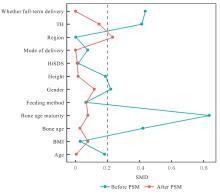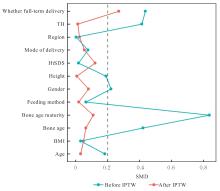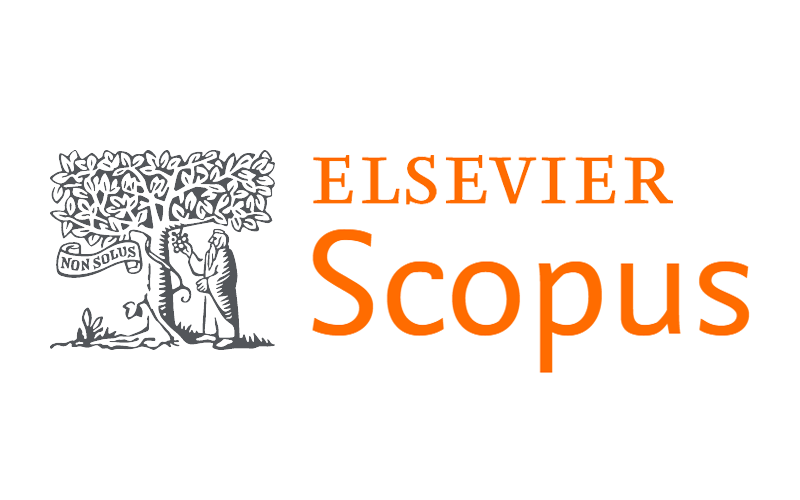| 1 |
中华医学会儿科学分会内分泌遗传代谢学组. 矮身材儿童诊治指南[J]. 中华儿科杂志, 2008, 46(6): 428-430.
|
| 2 |
武 苏, 汪素美, 朱子阳, 等. 2132例矮小症患儿病因及骨龄分析[J]. 临床儿科杂志, 2015, 33(8): 730-733.
|
| 3 |
KRISTRÖM B, DAHLGREN J, NIKLASSON A, et al. The first-year growth response to growth hormone treatment predicts the long-term prepubertal growth response in children[J]. BMC Med Inform Decis Mak, 2009, 9: 1.
|
| 4 |
ALBERTSSON-WIKLAND K, ARONSON A S, GUSTAFSSON J, et al. Dose-dependent effect of growth hormone on final height in children with short stature without growth hormone deficiency[J]. J Clin Endocrinol Metab, 2008, 93(11): 4342-4350.
|
| 5 |
GOU P, CHENG X R, LENG J, et al. A real-world study of recombinant human growth hormone in the treatment of idiopathic short stature and growth hormone deficiency[J]. Ther Clin Risk Manag, 2022, 18: 113-124.
|
| 6 |
HOU L, LIANG Y, WU W, et al. Comparison of the efficacy and safety of recombinant human growth hormone in treating idiopathic short stature and growth hormone deficiency in children[J]. Growth Horm IGF Res, 2020, 53/54: 101331.
|
| 7 |
KIM S A, CHOE Y R, YANG E M, et al. Comparison of growth hormone treatment in patients with idiopathic short stature and idiopathic growth hormone deficiency[J]. Chonnam Med J, 2014, 50(2): 63-66.
|
| 8 |
李桂梅. 实用儿科内分泌与遗传代谢病[M]. 济南: 山东科学技术出版社, 2004: 43-60.
|
| 9 |
DESQUILBET L, MARIOTTI F. Dose-response analyses using restricted cubic spline functions in public health research[J]. Stat Med, 2010, 29(9): 1037-1057.
|
| 10 |
魏秀芳, 张越英, 晏智萍, 等. 重组人生长激素治疗不同垂体发育状况生长激素缺乏症患儿疗效的前瞻性研究[J]. 中国当代儿科杂志, 2023, 25(8): 800-804.
|
| 11 |
LESCHEK E W, ROSE S R, YANOVSKI J A, et al. Effect of growth hormone treatment on adult height in peripubertal children with idiopathic short stature: a randomized, double-blind, placebo-controlled trial[J]. J Clin Endocrinol Metab, 2004, 89(7): 3140-3148.
|
| 12 |
李 辉, 季成叶, 宗心南, 等. 中国0~18岁儿童、青少年身高、体重的标准化生长曲线[J]. 中华儿科杂志, 2009, 47(7): 487-492.
|
| 13 |
AUSTIN P C. The performance of different propensity-score methods for estimating differences in proportions (risk differences or absolute risk reductions) in observational studies[J]. Stat Med, 2010, 29(20): 2137-2148.
|
| 14 |
STUART E A. Matching methods for causal inference: a review and a look forward[J]. Stat Sci, 2010, 25(1): 1-21.
|
| 15 |
LI F, MORGAN K L, ZASLAVSKY A M. Balancing covariates via propensity score weighting[J]. J Am Stat Assoc, 2018, 113(521): 390-400.
|
| 16 |
涂博祥, 秦婴逸, 吴 骋, 等. 倾向性评分加权方法介绍及R软件实现[J]. 中国循证医学杂志, 2022, 22(3): 365-372.
|
| 17 |
MØLLER J, JØRGENSEN J O, MØLLER N, et al. Effects of growth hormone administration on fuel oxidation and thyroid function in normal man[J]. Metabolism, 1992, 41(7): 728-731.
|
| 18 |
MAGHNIE M, RANKE M B, GEFFNER M E, et al. Safety and efficacy of pediatric growth hormone therapy: results from the full KIGS cohort[J]. J Clin Endocrinol Metab, 2022, 107(12): 3287-3301.
|
| 19 |
吴 迪, 冯国双, 巩纯秀. 生长激素治疗特发性矮小儿童随访至接近成年终身高的治疗效果分析[J]. 首都医科大学学报, 2018, 39(1): 92-97.
|
| 20 |
QUIGLEY C A, GILL A M, CROWE B J, et al. Safety of growth hormone treatment in pediatric patients with idiopathic short stature[J]. J Clin Endocrinol Metab, 2005, 90(9): 5188-5196.
|
| 21 |
PORTES E S, OLIVEIRA J H, MACCAGNAN P, et al. Changes in serum thyroid hormones levels and their mechanisms during long-term growth hormone (GH) replacement therapy in GH deficient children[J]. Clin Endocrinol, 2000, 53(2): 183-189.
|
| 22 |
GIAVOLI C, PORRETTI S, FERRANTE E, et al. Recombinant hGH replacement therapy and the hypothalamus-pituitary-thyroid axis in children with GH deficiency: when should we be concerned about the occurrence of central hypothyroidism?[J]. Clin Endocrinol, 2003, 59(6): 806-810.
|
| 23 |
HERO M, NORJAVAARA E, DUNKEL L. Inhibition of estrogen biosynthesis with a potent aromatase inhibitor increases predicted adult height in boys with idiopathic short stature: a randomized controlled trial[J]. J Clin Endocrinol Metab, 2005, 90(12): 6396-6402.
|
| 24 |
姜 丽, 赵庆兵, 荚艳丽, 等. 短期重组人生长激素治疗生长激素缺乏症儿童的效果分析[J]. 国际医药卫生导报, 2021, 27(8): 1206-1209.
|
 ),Fuyan SHI1(
),Fuyan SHI1( )
)







